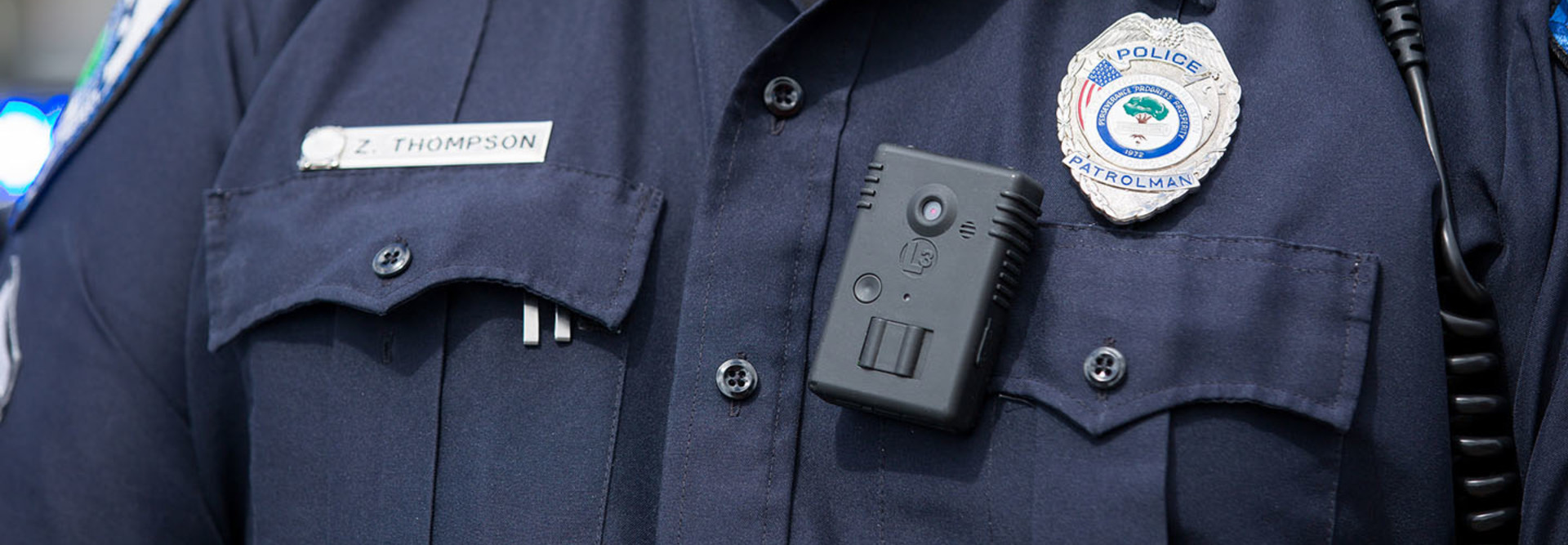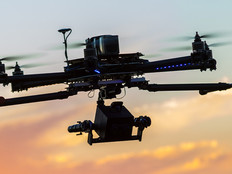Police Departments Jump Policy, Data Storage Hurdles in Body Camera Adoption
U.S. police departments by and large embrace body cameras for their officers. But while many police departments have adopted body cams, their approach to using and storing all of the data generated by their cameras vary widely.
A 2016 survey by the Major Cities Chiefs Association and Major County Sheriffs’ Association revealed that 95 percent of U.S. police departments planned to adopt body cameras, according to Governing. Already, half of police departments in the survey had pilot programs in the works, and since then, acceptance of body cameras has only been on the rise. New York City Mayor Bill de Blasio, for example, says his city will equip the entire New York Police Department (NYPD) by year’s end.
Police departments such as the NYPD have sped up their adoption of body cameras for several reasons, including protection of police officers against false accusations, anticipation that prosecutors and judges could demand video evidence, and strengthening public trust around police activity.
SIGN UP: Get more news from the StateTech newsletter in your inbox every two weeks
Cities Vary in Their View of Video Evidence
Body camera proponents point to a decline in complaints regarding excessive use of force by police in cases where cameras were adopted.
The San Antonio Police Department saw a 36 percent drop in complaints during the first nine months after deploying body-worn cameras for its officers, according to records obtained by the San Antonio Express-News and reported by StateScoop. Likewise, the University of Nevada, Las Vegas conducted a study, published in November, that found a decrease in complaints. It also discovered that the Las Vegas Police Department was saving money because of how much simpler it became to resolve complaints.
Law enforcement agencies still find other advantages to body cameras. Starting in September 2016, the Boston Police Department conducted a yearlong body cam pilot program. Despite some initial skepticism, Commissioner William Evans recently told the city council that the body cameras protect his officers. Meanwhile, three criminal cases involving illegal guns were dismissed during the pilot program after review of body-worn camera footage, according to The Boston Globe. Kade Crawford, director of the American Civil Liberties Union Technology for Liberty Program, says that recent development improves police transparency and aids criminal cases, reported The Boston Globe.
In an interview with StateScoop, William Sousa, director of the University of Nevada, Las Vegas Center for Crime and Justice Policy, suggested body cam effectiveness could vary from location to location. Agencies without misconduct challenges wouldn’t see as many advantages as places that might struggle with the problem, Sousa said. Still, he sees some overall benefits.
“Body-worn cameras can demonstrate a willingness on the part of the department to be transparent to the community. It can demonstrate a willingness on the part of the department to be accountable for officers,” Sousa says.
Video Evidence Management Remains a Challenge
Implementing and evaluating body cams is just one piece of the puzzle, however. Collecting body camera video and instituting policies around its retention and publication, of course, require a large amount of data storage. In fact, the U.S. Bureau of Justice Assistance identifies data storage as a major concern for police departments throughout the country.
As StateTech noted in a previous post, an agency’s digital evidence management system includes video from body cams, in-car cameras, interview rooms, video surveillance, third-party video and more, requiring police departments to maintain a complex and diverse catalog of digital evidence.
Panasonic recently published a white paper, “The Dollars and Sense of Video Evidence Management,” in which the company outlined five principles for cost-effectively integrating and deploying body cameras:
- Best-in-class body-worn camera hardware is just one piece of the puzzle.
- Don’t reinvent the wheel; manage your evidence with a single, unified system.
- Video file storage will be the greatest expense over the long term.
- There is no one-size-fits-all approach to video evidence storage.
- Transferring data will be a key consideration.
In its “Technology Policy Framework,” the International Association of Chiefs of Police (IACP) also shared best practices for law enforcement agencies storing body-worn camera video data:
- Comply with the FBI’s Criminal Justice Information Services Policy (CJIS).
- Retain ownership of the data.
- Assess privacy and security risks to the data.
- Articulate policies for data collection, retention, access and use.
The IACP policy does not strictly state whether agencies should retain data locally or employ a cloud-based storage solution to manage their evidence. Either way, smart police departments have clear policies that explicitly state how they will handle and release video. Sacramento, for example, requires the release of all body cam video, while some other cities such as Denver do not, but doing so may boost public trust in law enforcement procedures and police use of technology.
Good governance is just as important as good tech.
This article is part of StateTech's CITizen blog series. Please join the discussion on Twitter by using the #StateLocalIT hashtag.










